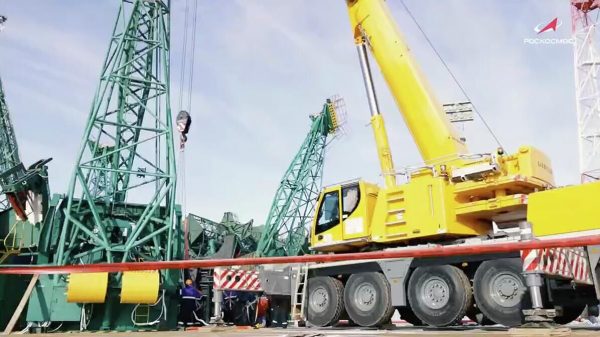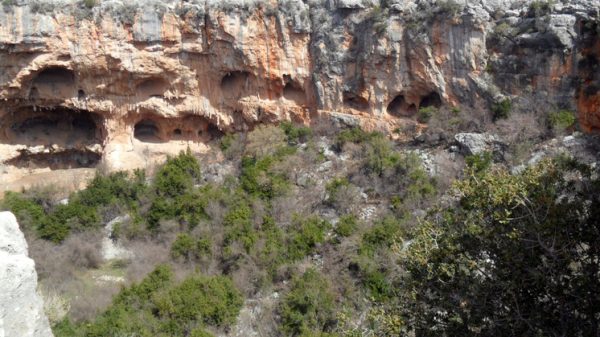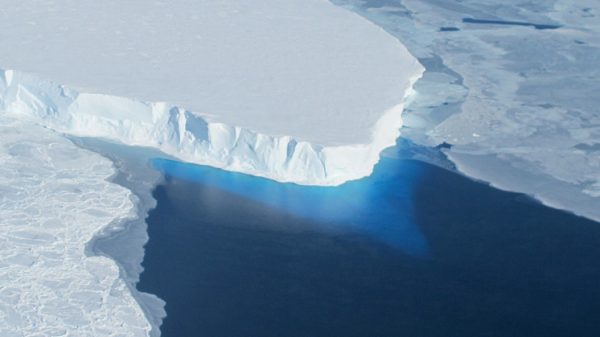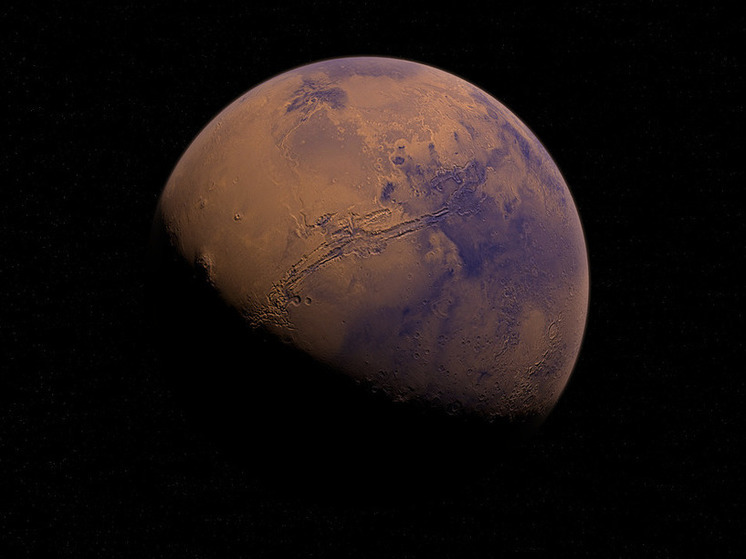
Researchers from NASA found that Mars alternated between wet and dry periods. This is stated in a press release on the official website of the space agency.
Scientists came to these conclusions based on new data collected by the Curiosity rover. The car reached the Gediz Valley canal, a winding structure reminiscent of a dry river bed. This channel is located in the foothills of Mount Sharp or Aeolis, the central peak in Gale Crater.
The rover's navigation camera captured a 360-degree black-and-white panorama showing dark sand filling one side of the channel and a pile of debris rising above the sand. On the opposite side is the steep slope that Curiosity climbed to reach this area.
Analysis of data from the rover revealed a layer containing large amounts of sulfates, salty minerals that form when water evaporates.
The geological structure in the lower part of Mount Sharp shows alternating periods of dryness and wetness. This indicates that this region of Mars has experienced several cycles of water returning.
«If the channel or debris pile is indeed formed by liquid water, it means that after a long period of drought, water has returned to Mount Sharp, and there was a lot of it,” explained project researcher Ashwin Vasavada.






















































Свежие комментарии